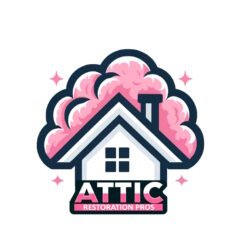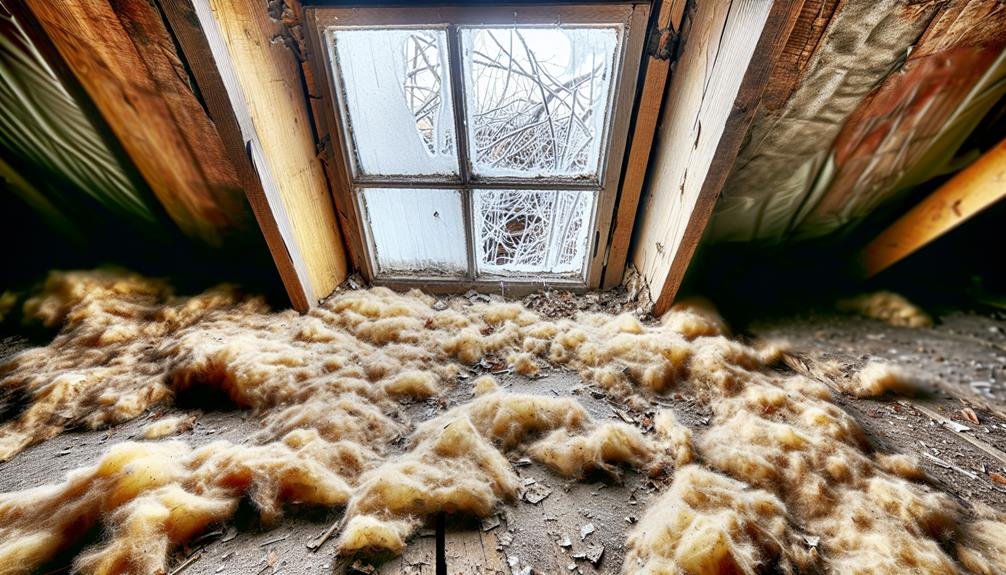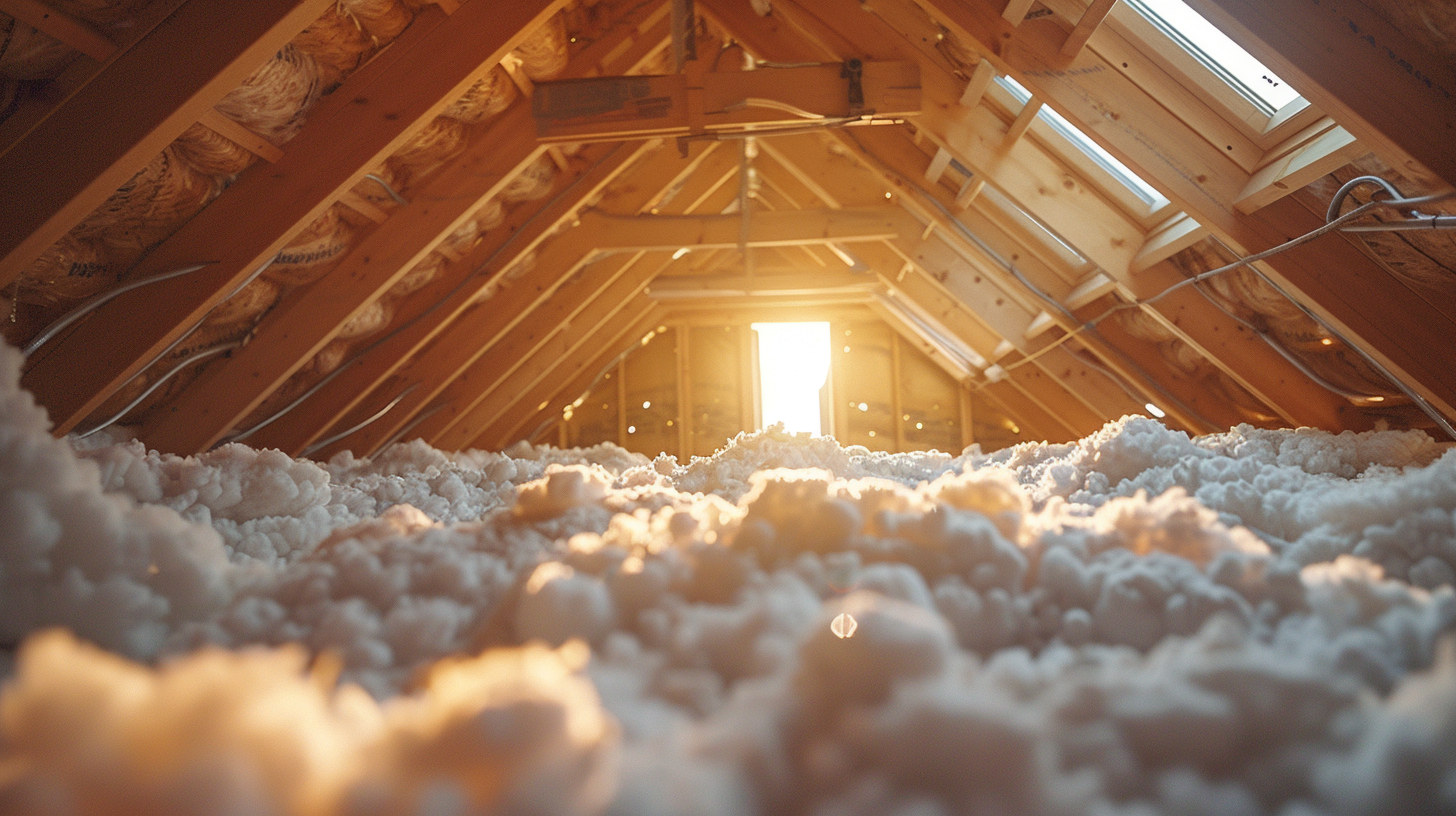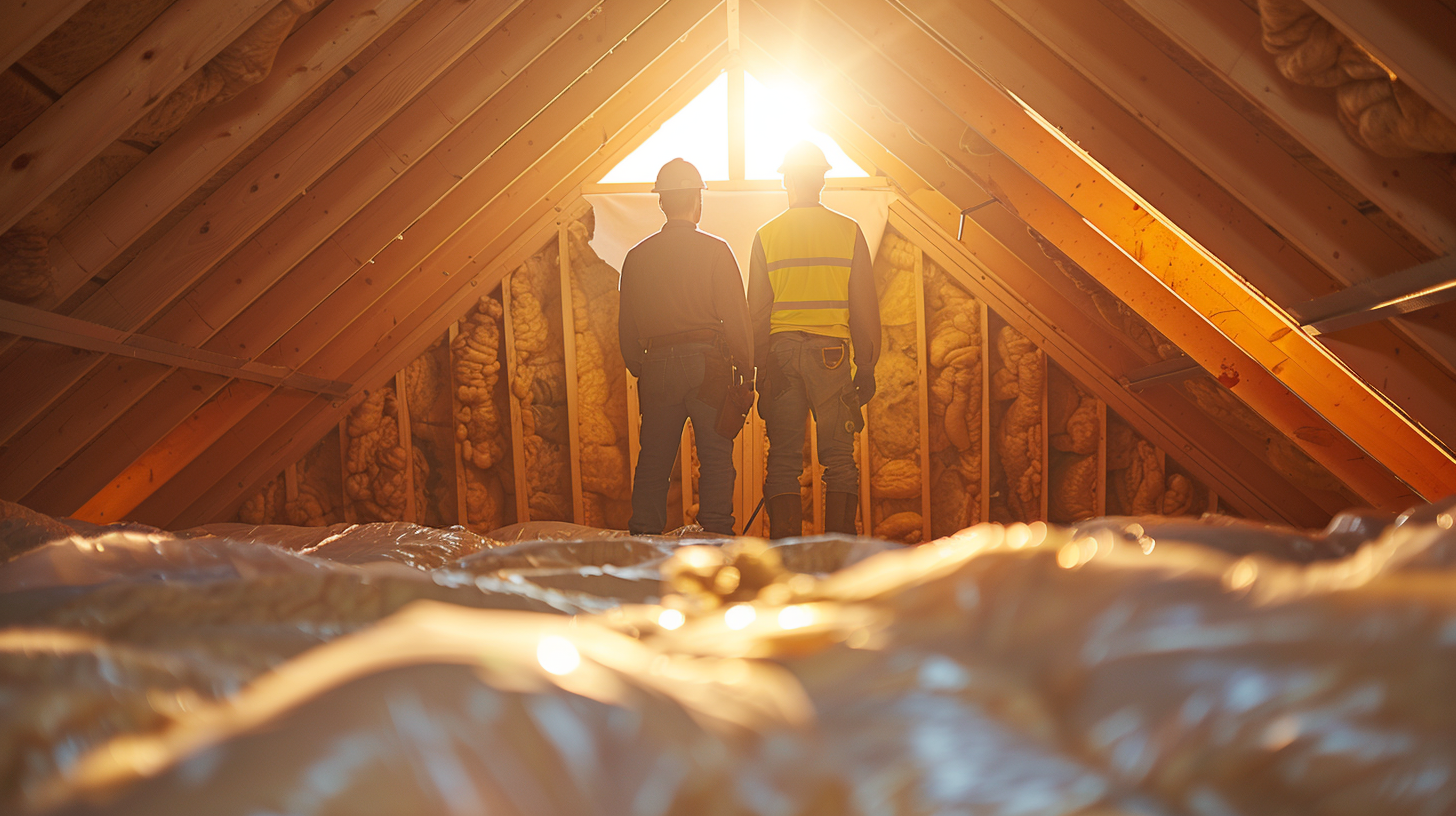As homeowners, it is essential to pay attention to the often-overlooked aspect of attic insulation. Your attic plays an important role in maintaining the temperature and energy efficiency of your home. However, how do you know when it's time for an upgrade? Keep an eye out for signs such as increased energy bills, uneven indoor temperatures, pest infestations, mold or mildew growth, and the age of your current insulation. These indicators could be telling you that your attic insulation is no longer performing at its best.
Key Takeaways
Contents
- Spike in energy bills signals potential insulation issues.
- Uneven temperatures indicate insulation problems affecting comfort.
- Pest infestations suggest insulation damage or gaps.
- Presence of mold or mildew indicates moisture problems requiring attention.
Increased Energy Bills
If you've noticed a sudden spike in your monthly utility costs, it may be a sign that your attic insulation is due for an upgrade. Conducting an insulation assessment can help determine if your current insulation is important to maintain energy efficiency within your home.
Proper attic insulation is vital for energy efficiency. When insulation ages or becomes ineffective due to damage or wear, it can lead to heat loss in the winter and heat gain in the summer. This means your HVAC system will have to work harder to maintain indoor temperatures, resulting in increased energy consumption and higher utility bills.
To address the issue of increased energy bills, consider having a professional assess your attic insulation. They can determine if there are any gaps, thinning areas, or damaged insulation that may be compromising your home's energy efficiency. By upgrading your attic insulation to meet current standards, you can improve your home's overall energy efficiency and reduce the strain on your heating and cooling systems.
Uneven Indoor Temperatures
Have you noticed inconsistencies in the temperature distribution throughout your home? Uneven indoor temperatures can be a clear sign that your attic insulation is not performing as it should. One common reason for this issue is air leakage. When insulation is not properly installed or has deteriorated over time, it allows air to escape or enter the home, leading to temperature variations in different areas.
Another factor that can contribute to uneven indoor temperatures is insulation thickness. If your attic insulation is too thin or has compressed over time, it will not effectively regulate the indoor temperature, resulting in hot and cold spots throughout your home. Proper insulation thickness is important for maintaining a comfortable and consistent temperature indoors.
To address the problem of uneven indoor temperatures, it is essential to assess the condition of your attic insulation. Hiring a professional to inspect the insulation for air leakage, inadequate thickness, or other issues can help identify the root cause of the temperature inconsistencies. By upgrading your attic insulation to address air leakage and maintain proper thickness, you can improve the overall comfort of your home and reduce energy waste.
Pest Infestations
Inadequate attic insulation can also contribute to another common issue homeowners face – pest infestations. When insulation is insufficient, pests like rodents, insects, and other critters can easily find their way into your attic, seeking shelter and warmth. Once inside, these pests can cause damage to your property and pose health risks to you and your family.
To address pest infestations resulting from poor attic insulation, it is essential to focus on both damage control and prevention methods. Initially, if you suspect or identify a pest infestation in your attic, it is critical to take swift action to control the situation. This may involve removing the pests, cleaning up any mess they have made, and repairing any damage they have caused. Seeking professional pest control services can help assure effective and safe removal of pests from your attic.
Additionally, to prevent future pest infestations, upgrading your attic insulation is key. By installing high-quality insulation materials properly, you can create a barrier that deters pests from entering your attic in the first place. Also, sealing any entry points, such as cracks, gaps, or openings in your attic, can further help in keeping pests out. Regularly inspecting your attic for signs of pest activity and maintaining proper insulation can go a long way in safeguarding your home against unwanted intruders.
Mold or Mildew Growth
What are the indicators of mold or mildew growth in your attic space? Mold or mildew growth in the attic can be a sign of underlying issues that need to be addressed promptly. Here are three key signs to look out for:
- Musty Odors: One of the most common indicators of mold or mildew growth in the attic is a musty odor. If you notice a persistent musty smell in your attic, it could be a sign of mold or mildew thriving in the space. This smell is often a result of the volatile organic compounds (VOCs) released by mold growth.
- Visible Mold or Mildew: The presence of visible mold or mildew is a clear sign that there are moisture problems in your attic. Mold can appear as black, green, or brown patches on surfaces such as insulation, wood, or drywall. It is important to address visible mold growth promptly to prevent it from spreading further.
- Health Risks: Mold and mildew in the attic pose serious health risks to you and your family. Breathing in mold spores can exacerbate allergies, asthma, and other respiratory conditions. Prolonged exposure to mold can also lead to more severe health issues. If you suspect mold or mildew growth in your attic, it is important to address the problem promptly to safeguard your health and well-being.
Age of Current Insulation
The condition of the attic insulation can greatly impact the overall effectiveness of your home's energy efficiency and comfort. When considering the age of your current insulation, it is essential to evaluate its insulation effectiveness and explore replacement options to guarantee peak performance. Here are some key points to take into account regarding the age of your attic insulation:
| Signs of Aging Insulation | Implications | Replacement Options |
|---|---|---|
| Visible wear and tear | Reduced effectiveness | Upgrade to newer materials |
| Compression or thinning | Decreased insulation | Add additional insulation |
| Pest damage | Compromised integrity | Remove and replace damaged areas |
Inspecting the age of your attic insulation is vital in maintaining a comfortable and energy-efficient home. Over time, insulation can deteriorate, leading to a decrease in its effectiveness. This can result in higher energy bills, uneven temperatures throughout your home, and increased strain on your heating and cooling systems. By evaluating the condition of your insulation and taking replacement options into account when necessary, you can improve the overall efficiency of your home and ensure a more comfortable living environment.





